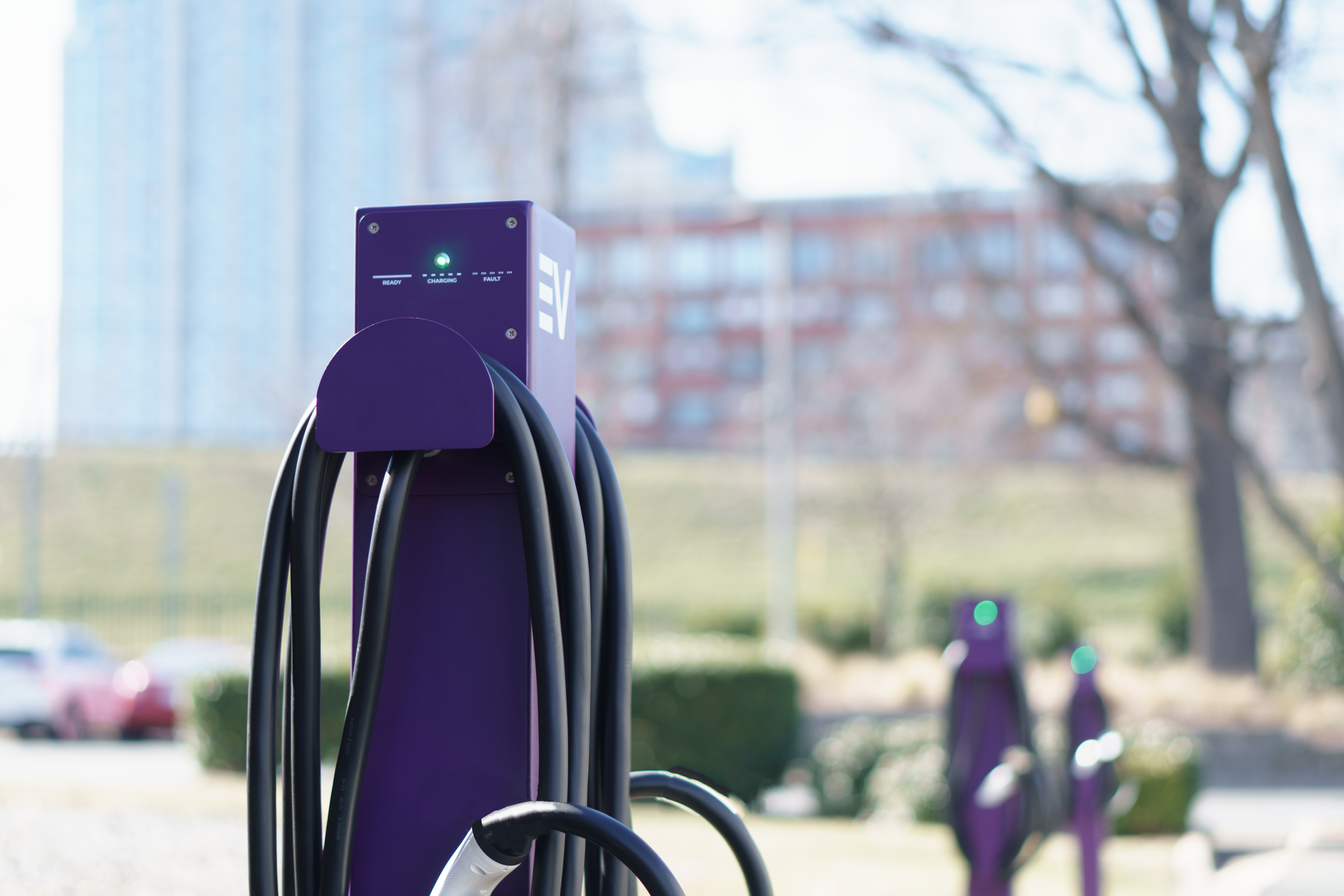It was my understanding that 50 and 60 Hz were chosen because it is just high enough that for instance with electric lights you don’t notice the flicker. In aircraft 400 Hz is often used because as frequency goes up even though wire size increases due to the skin effect transformer size and weight plummets.
Taken to an extreme there is ongoing research into electronic transformers. The design behind these uses two VFDs. The front end VFD converts incoming power to a very high frequency (kilohertz) and outputs to a pulse transformer (purpose built). Then the output VFD converts to almost any voltage or frequency desired. The transformer kVA is proportional to frequency so if we say increase the frequency to say 6 KHz then the transformer is 100 times higher kVA compared to 60 Hz operation. Since it’s all purpose built we don’t need to worry about making nice VFD output patterns either so this is easily done with standard VFD designs. This design gets even more crazy. There is no inrush. With a vastly smaller core efficiencies are higher. Since it is fully electronic we can shape the output. It can act as a soft start, a breaker or recloser, and reactor to limit upstream surges. And even without incorporating the transformer, true solid state breakers are already on the market.
Atom Power provides highly reliable (+99%) electric vehicle (EV) charging station hardware and software solutions today. Tomorrow, the possibilities are endless. Atom Power is an innovative company providing transformative grid technology that delivers unparalleled protection, visibility, and...

www.atompower.com
As to the sweet spot..,
In servo motors we kind of don’t care about name plate RPM or torque. HP = torque x RPM / 5252. On DC servo motors this equation is almost absolutely true. So the peak torque and RPM are there but rarely used. Those just define the settings for the motor we plug into the servo controller.
All pumps and fans have a design curve. Without getting deeply into impeller theory let’s just say you’ve got maybe a 2:1 to 3:1 range to work in. Above and below the fan curve efficiency rapidly drops off. On water pumps the sweet spot is between around 300 and 600 RPM. Slurry pumps down to 200 RPM. Direct drive motors are sometimes used at the large sizes with 12-20 poles. For say a 1500 HP pump a direct drive motor runs around $250,000 where a standard one runs around $50,000. The gear box will be $250,000-300,000. Plus when you need it delivery on the gear box will be 6-12 months and you need a spare. Same on the motor but a 4,000-5,000 HP 4-6 pole motor can be rewound for 1,500 HP in a couple weeks and be ready to go.
In fans higher RPMs are better. Most 2 pole motors drive fans and I’ve ever seen gear boxes used to go to even higher speeds. The true speed demons are Elliot centrifugal compressors. These run at 10,000 RPM which is fast enough that the fan blades alone compress air to 100 PSI. Jet turbines also run up in this range.
There are three limitations. The first is most common bearings in motors have a speed limit around 2500 RPM give or take. 2 pole motors have higher speed bearings. NEMA has a chart telling you how fast you can push things. Servo motors use even faster bearings where 20,000 RPM is acceptable. Imagine the rattling from a big slow roller bearing at that speed!
The second is in the VFD. A switching transistor only generates heat for the most part when it switches on and off. Above about 4-5 KHz efficiency drops off. So higher output frequencies are going to impact drive efficiency especially above 400 Hz.
Finally something I hinted at earlier...skin effect. As you go up in frequency the electrical power is carried more and more at the surface of the conductor. At the extremes nothing is in the wire itself. The electrical current in coaxial cables and waveguides is carried mostly on the surface and in the empty space inside the wave guide or coaxial cable. This means not only larger gauge wire in the cables and the stator but more of the current is only in the surface of the rotor bars changing the rotor profile and to some degree stator core design. Motors get larger overall.
As a final note, there is a safety issue. Back in the 1950s Charles Dalzeil did a lot of work mapping out safety aspects of electricity. The requirements for GFCIs among other things come directly from his work. Among other things he looked at frequency effects. It turns out that the human heart is particularly sensitive to frequencies around 50-60 Hz. Above or below this range makes electrical equipment safer.

 www.atompower.com
www.atompower.com


